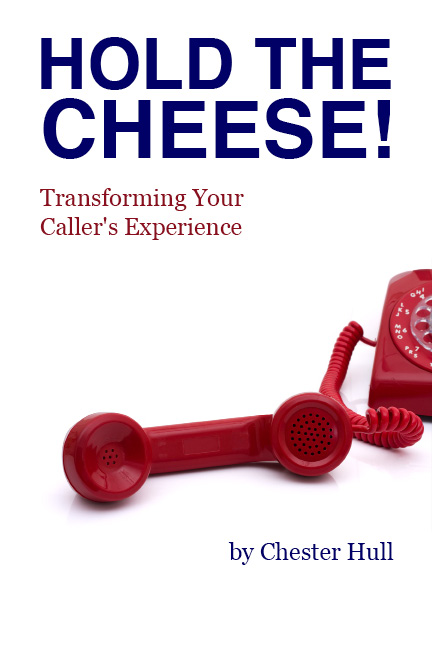It’s hard to read the label from inside the bottle. “Huh?” you say?
See what you think is your “inside reality”…the customer experience inside your doors, is only what your customer says it is. Nothing more. And thankfully, nothing less.
That means you have the opportunity to surprise and delight your customer with the unexpected service.
Recently I ended up owning two identical 32gb 3G model iPads. At a time when iPads were more scarce than a hippy at a classical music concert. You just couldn’t walk into an Apple store and walk out with an iPad!
Well, when I found out I wouldn’t have to pay a restocking fee to Apple to return one of them, I decided to send one back. It was only AFTER I decided to do that, when I found out that Apple not only would not charge a restocking fee, but they would send me a prepaid return shipping label, and the return wouldn’t cost me a thing. As in free. I was delighted.
And the reason I was delighted (aside from saving the money, or course!) is because it was unexpected. Nowhere does Apple advertise “Free return shipping…you can send it back, and not pay a dime!” It’s just something they do, that makes me like doing business with them.
So what do you do to delight your customers? What are the little…or big…things that you could do to surprise and delight your existing customers. Strengthening the bond with your existing customer base is one of the best ways to increase your revenue.
So why is it that it often goes the other way? You woo a customer in with fantastic ads, and heartfelt promises, then once they’re “in the fold” they are no longer on the “To Be Delighted” list?
So here’s a way to have some fun, and maybe discover some ways to delight more customers.
1. Get out of the office…business…or whatever work environment you are in. That’s right, go ahead.
2. Grab a cup of your favorite beverage, and contemplate your business category.
- Are there any preconceived notions or misconceptions that prevent more people from coming to your business, or buying what you sell?
- What mistakes do some competitors make? That is, how could they create a more fulfilling customer experience?
3. Now, call your business, and ask for directions to your store. Pay attention to the what it sounds like…how the phone is answered…what you hear as a customer.
4. Walk into your business, and buy something. Was it easy? Did you enjoy the experience? What was the environment like?
Sometimes it takes getting out of the familiar to see things through another perspective. And even then it’s hard!
Comment below on ways you can surprise and delight your customer!
If you need some help, give our Caller Experience Evaluation service a try. You might be surprised at the view from outside the bottle!
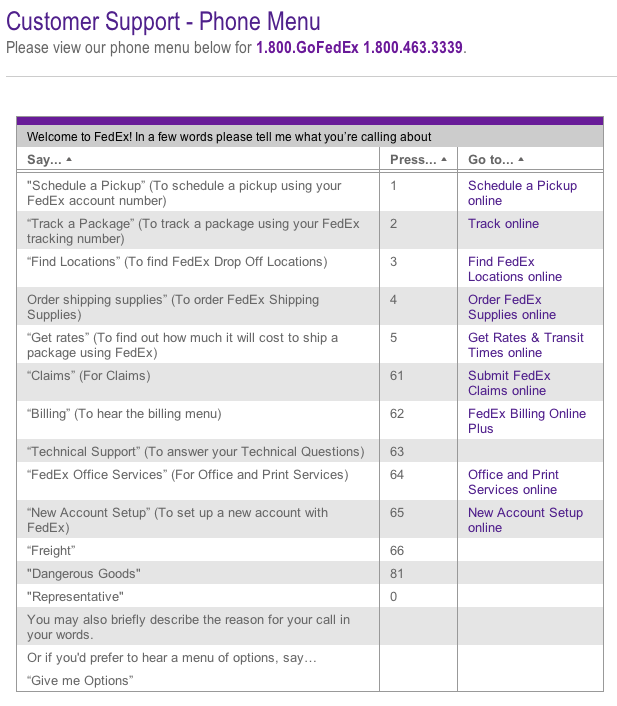
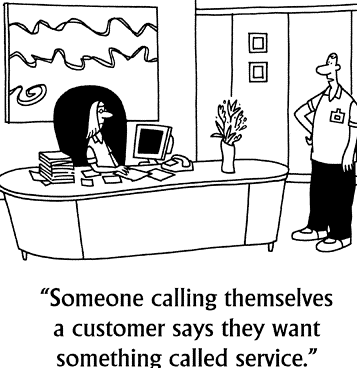 How to decide who to help
How to decide who to help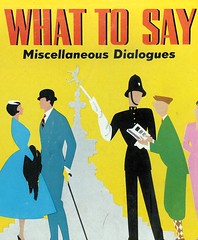
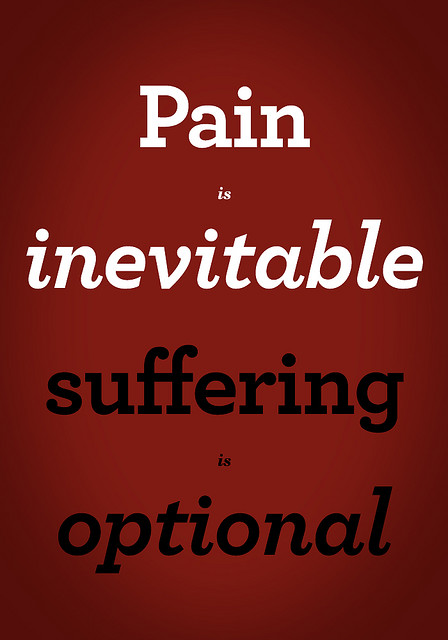
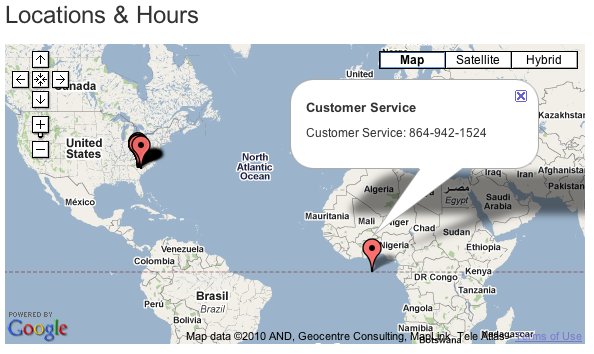
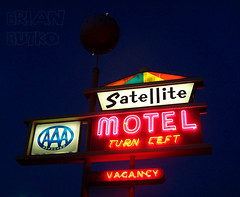



 Facebook
Facebook LinkedIn
LinkedIn Twitter
Twitter



